In early 2023, Dr. Nui Sirikul Laukaikul – a renowned philanthropist, brand specialist, Country Director of Sustainable Brands Bangkok, and a founder of PorLaewDee Program which helps instill young creative entrepreneurs in Thailand with the values of the Sufficiency Economy – joined Power of Place and formed a team to work on an emergent project in the east of Thailand – Regenerative Chanthaburi.
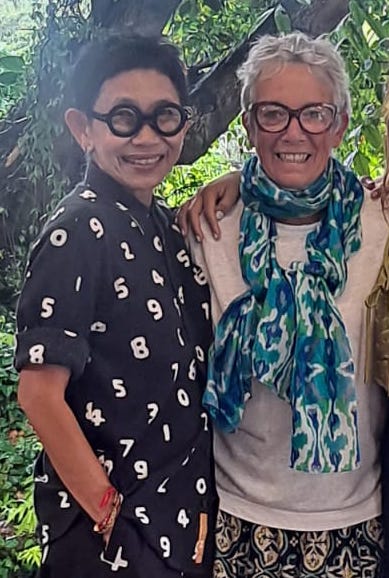
A history of ecological, cultural and economic diversity under threat.
Chanthaburi is a province which borders Cambodia to the east, the gulf of Thailand to the south and other Thai provinces, Rayong, Trat and Sa Kaeo. It is a province of contrasts; coastal plains, mountains, forests, and plateaus. Its economy has traditionally focused on agriculture, border trade, and once had a thriving gems and jewellery industry, although this has declined in recent decades as the local supply has been fully mined.
Agriculture and tourism remain important; but the way in which both contribute to a sustainable future for the city and region is under review. Its main city of the same name has an aspiration to be a smart city, whilst the overall vision for the region is deliver a sustainable economy with high quality of life for its people, a qualitative tourism experience and to minimise the impact on the environment.
In recent years it has also become home to most of the durian production in Thailand, driven by high demand from China, where burgeoning middle classes have fallen in love with the sweet-tasting but pungent fruit. Farmers in eastern Thailand have been abandoning other crops in favour of durian production which is putting a strain on agricultural diversity. According to China’s General Administration of Customs (GAC), 91,000 tons of fresh durian fruit were imported in the first quarter of 2023, up 154.3 percent from a year ago.
During most of the 20th century, a wide variety of different durian fruits had been grown in Thailand, most farmers are converting to a single variety – Monthong. According to the Department of Agricultural Extension, before the covid pandemic, Monthong accounted for 89% of all the cultivated durian areas in Thailand, followed by Chanee with 7%. The remainder included Kra Dum, Kaan Yao and Puangmanee. That percentage is growing.
The Monthong variety is however, not easy to grow. It takes 7-8 years to reach maturity, and is more vulnerable to worm infestations since its shell is softer. This has also led to an increase in use of pesticides to protect fruit farms.
Although this is a significant short-term opportunity for Thai farmers, there is growing disquiet about the long-term impact on the economy and ecology of the region. Until 2022, Thailand had an exclusive licence to export fresh durian to China. After long negotiations that was extended in 2022 to Vietnam. The Philippines, Indonesia and Malaysia are all eyeing this opportunity. Chinese entrepreneurs are deeply embedded in the Thai durian production process, often using Thai nominees to set prices, harvest times and drive purchase orders. Farmers are nervous about the potential to fix prices and reduce incomes in the future.
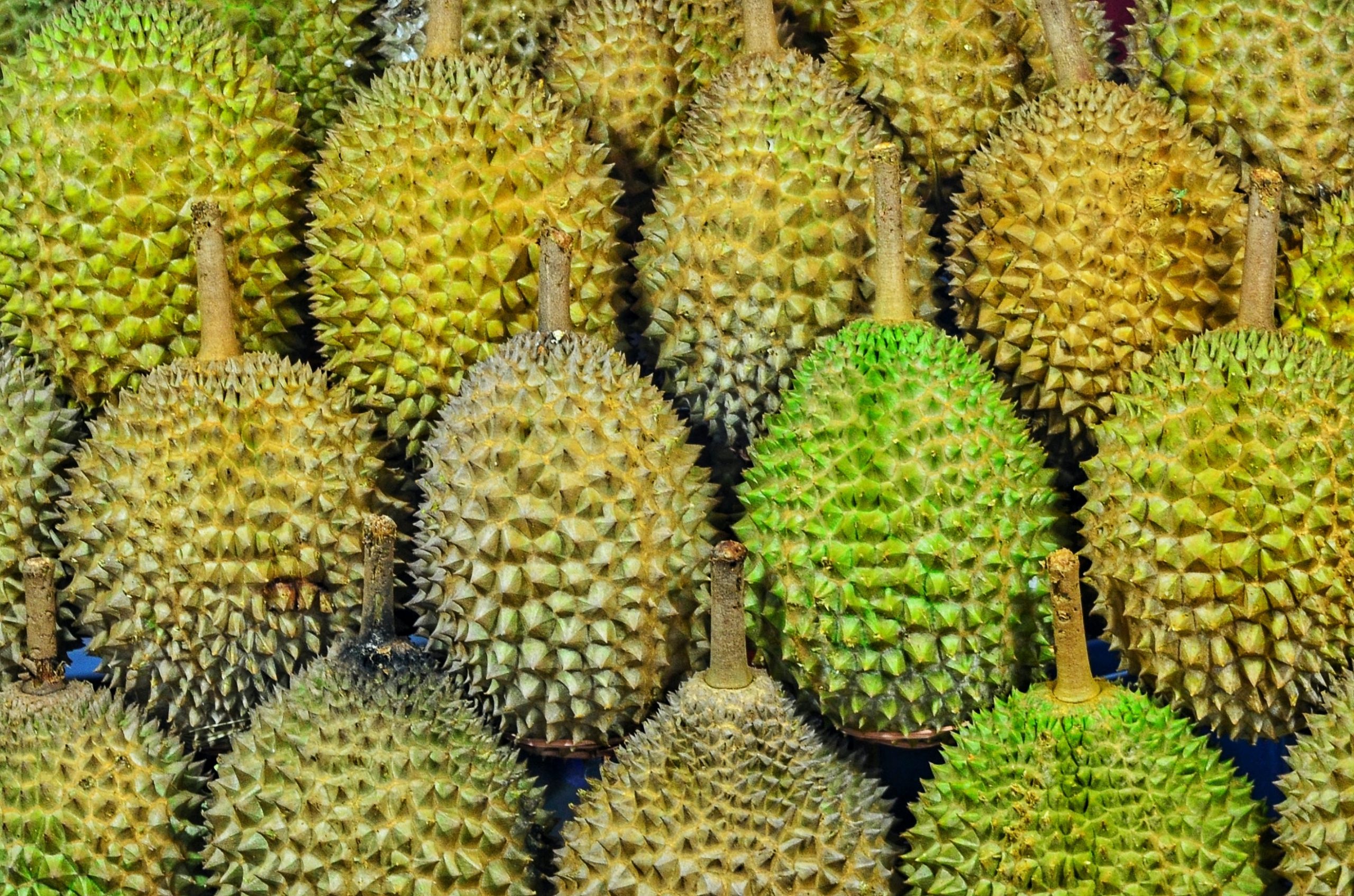
Relationship Before Task
It was against this backdrop of economic and ecological risk that Nui, together with colleagues from the municipality, cultural groups and the tourism industry, got together to see what additional value they could add to the future of this charming region by bringing regenerative design and culture to its economy – particularity through the fusion of food and tourism.
How could regenerative culture offer a newly imagined future for this region in which it could design a more resilient future for its economy, ecology and culture by shaping a new vision that would underpin the sustainable and sufficiency aspirations of the region?
Becoming an expression of regeneration in place flows through us each as individuals through a complex fusion of worldview, life experience, cultural heritage, the skills and knowledge we develop, and personality and character (see Act 2, chapter 5).
Many people and organisations with a heritage in brand strategy and communications – people like Nui – bring a vision and narrative perspective to regenerative work. They often also have the capacity to convene dialogue and inquiry that can be a tool to overcome resistance, fear of change, and competitive instincts.
Additionally they are also able to see and activate fields of energy for change that others do not see because they are deeply trained in trend-spotting. They are always looking for the next edge. Whilst in the era of globalisation this capacity was most often directed towards generating economic growth, in regenerative work it serves to help fields of energy (systems for change) to see the value they collectively can bring to transformative change, and it also works at the level of changing perception on what is possible through new narrative and vision. It is also usually combined with an inherent confidence from working in the creative sector to see and experiment with future potential.
The early stages of our signature learning journey, Power of Place, focus on developing a new way of understanding place through the lens of living systems, looking at patterns and processes that affect how a place evolves, and its relationship to the human systems that exist in a given place (documented in Act 1 of this book). The second phase of Power of Place looks at how we can be in ‘right relationship’ with each other, and how we design regenerative stakeholder engagement. The final phase looks at how we weave those capabilities into the process of system evolution from place.
Although we were barely through the first two stages, the clear potential that could arise between the fusion of food culture and tourism to create a shift in the economy of Chanthaburi sent Nui and her team to begin a process of deepening relationships through exploring narratives of the future, and to begin to introduce the idea of regeneration as serving beyond a focus on sustainability.
Often the potential we, as regenerative designers see, is not the same as the potential a group of stakeholders see, so we need to be mindful of how we design a process of engagement that supports future strategy in the existing landscape whilst looking for opportunities to introduce regenerative design and development into the process.
In the case of Chanthaburi, the team made a conscious choice to create a first series of dialogues to explore the idea of an emergent ‘regenerative Chanthaburi’ and to ‘name’ the potential they saw as a creative team and see where it would lead.
Together they charted a programme to look at the different potential that could arise from a regenerative approach rather than purpose from a sustainability perspective, dialogues to deepen connection to Chanthaburi itself, an exploration of future potential and purpose, a start on mapping the field within the nested systems that this project could work on, and finally a goal to look at governance for the programme going forwards.
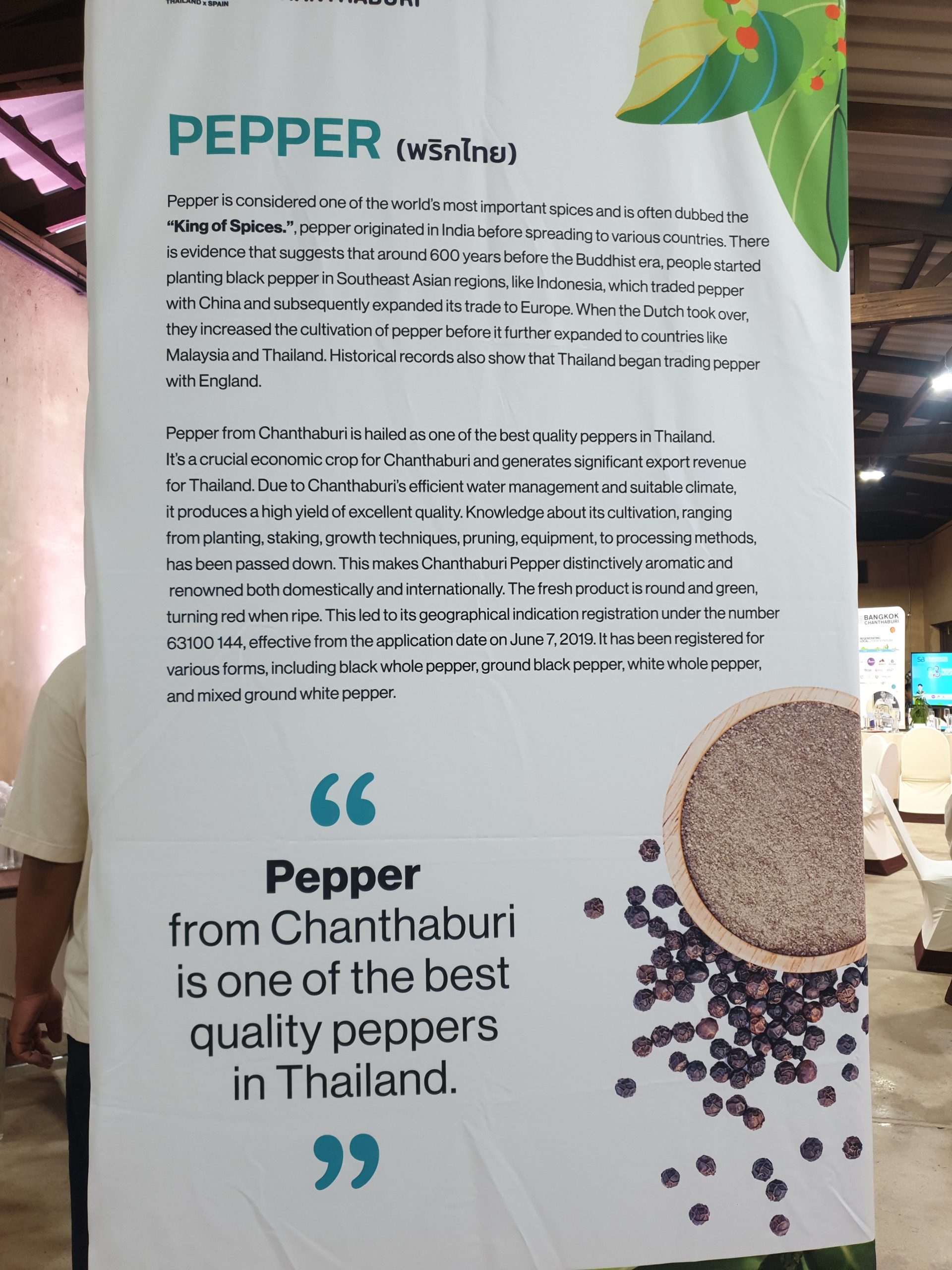
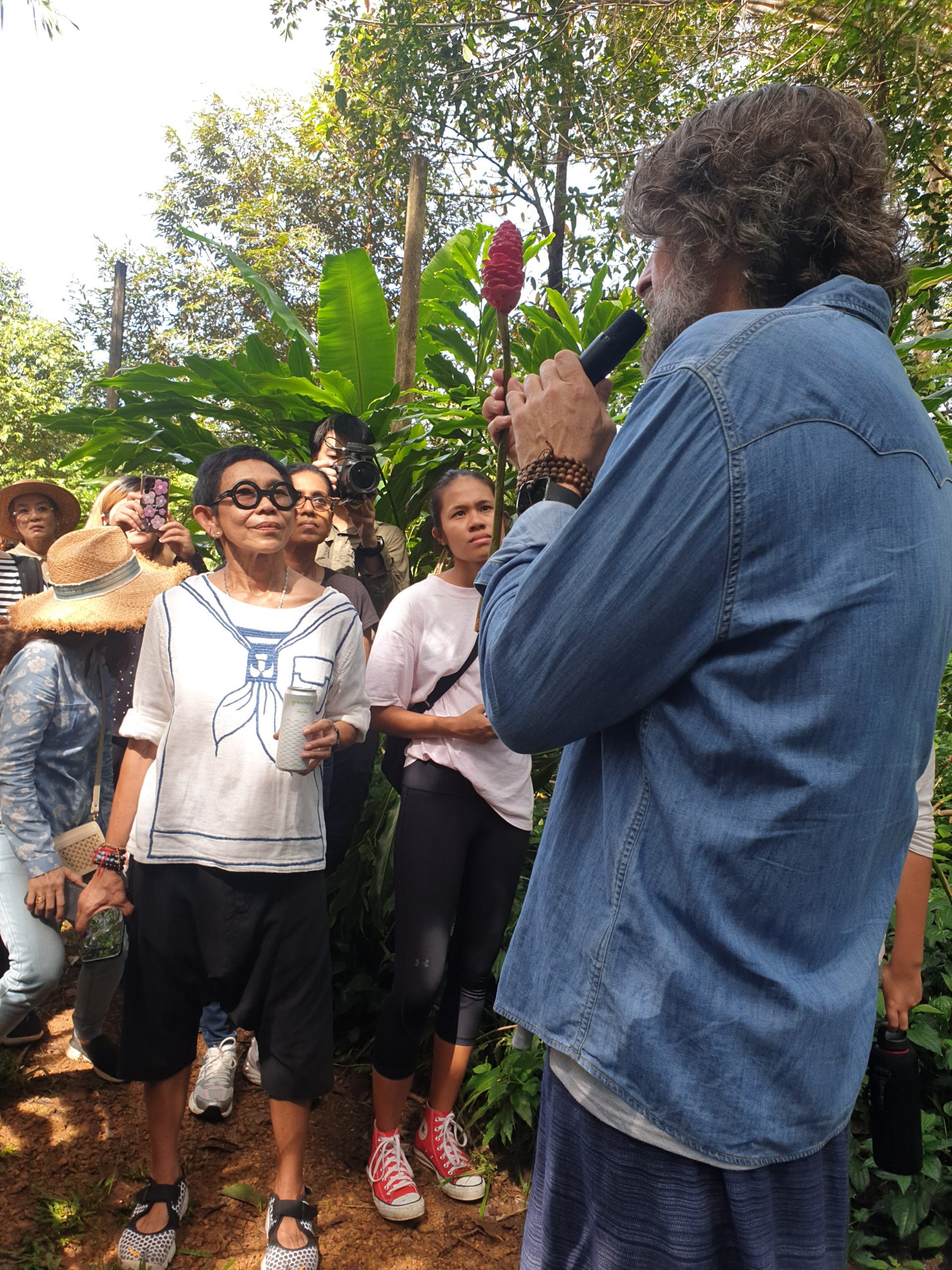
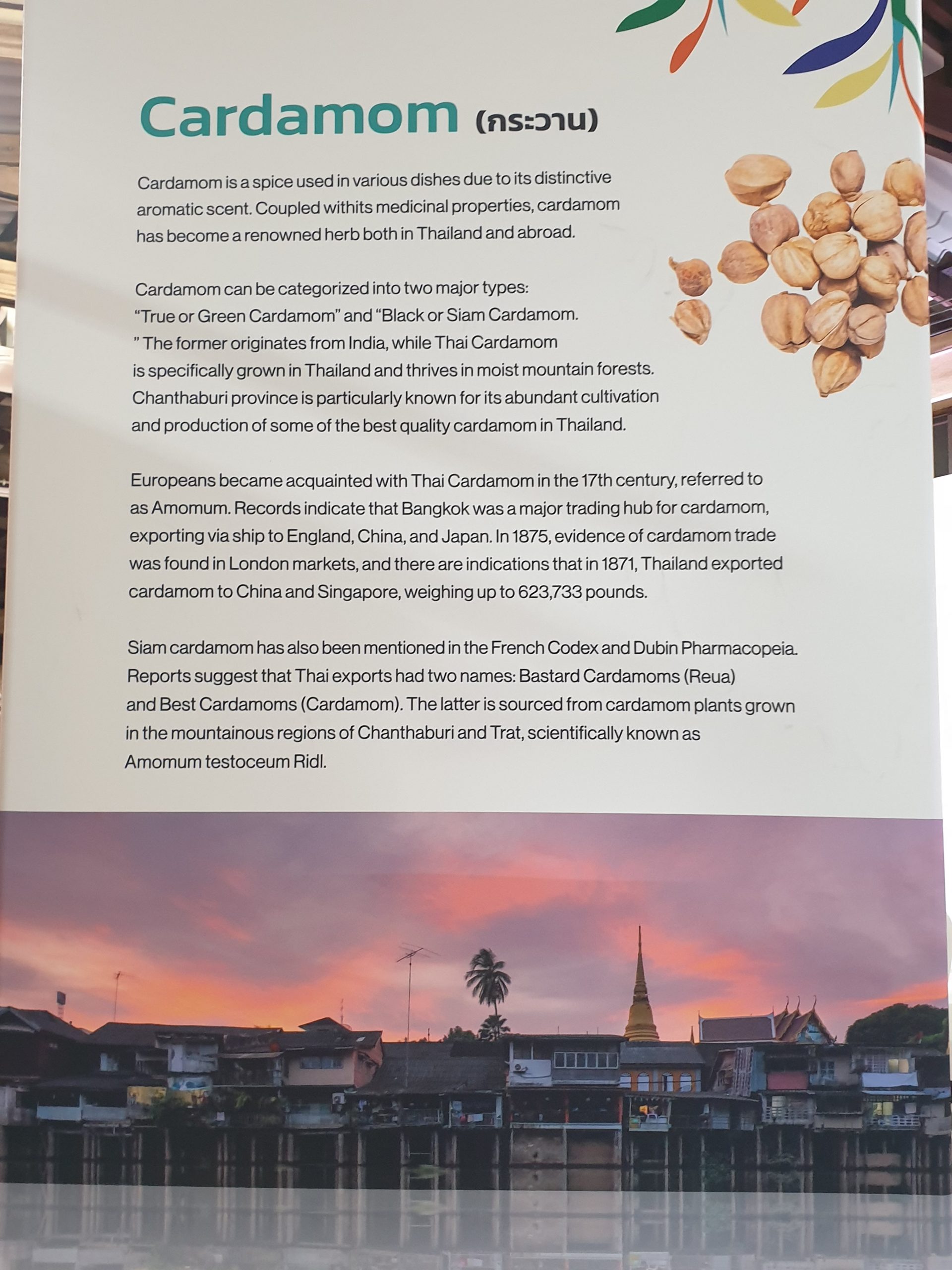
Often a critical factor in success in creating systemic shifts is to start by focusing primarily on convening those who are already showing they are ‘ready to act’. Bringing together tourism, urban development and management, cultural and agricultural stakeholders, early workshops brought cross-sectorial groups together aimed at deepening the community’s relationship and understanding of future potential in the region.
In partnership with UN SDG advocate Marc Buckley, Nui was already working with several farmers in Chanthaburi to support a transition away from intensive farming towards agroecology, organic and regenerative approaches. So weaving these ahead-of-the-curve farmers into the development of a potential future narrative about Chanthaburi was helpful to the process. There are also several hotels in the region who are accelerating their sustainability credentials who were curious about the potential of a focus on food and tourism in the region.
During the first engagements, pepper and cardamom were identified as having potential to differentiate the region, and be a foundation for a new and different narrative which may help to build the local economy in a more sustainable way, but also an opportunity to regenerate the local ecology and culture. Some of the earliest people to migrate to this charming region were the Chong, who still inhabit the region and who farmed these two spices. Both green pepper and a very specific variety of cardamon were of deep importance to the Chong people. Both were revered for the high quality of taste and their ability to be used to support human health.
The discovery of a series of ‘lost’ recipes of these indigenous people, and their unique ways of using these herbs and spices, proved an exciting discovery and offered a first foundational way to reconnect lost culture to current farming practices – and potentially, to tourism.
Tapping into Essence.
In the first engagements with the emerging field team in Chanthaburi, we explored what made people smile and what made them sad about Chanthaburi.
We speak a great deal about working from essence in regenerative design, yet essence is one of the hardest things to define and understand. What is recognised of Thailand is that it has a deep relationship to compassion through the dominant religion of Buddhism (92.5% of the population are reported to be Buddhist).
Thailand describes itself as the ‘land of smiles’. Buddhism also offers a clear relationship to happiness and sadness. In Buddhism, happiness is achieved when a person can perceive the true nature of reality, unmodified by the mental constructs we superimpose upon it. This has strong echoes of the way in which we describe Upstream Thinking and finding the root causes of degeneration.
Buddhism also has a lot to say about sadness. In Buddhist practice, it is said that sadness makes it possible for us to gain something that is much more precious than anything we could imagine – which is why we must contemplate impermanence. This also has echoes of the focus on systems evolution in regenerative design.
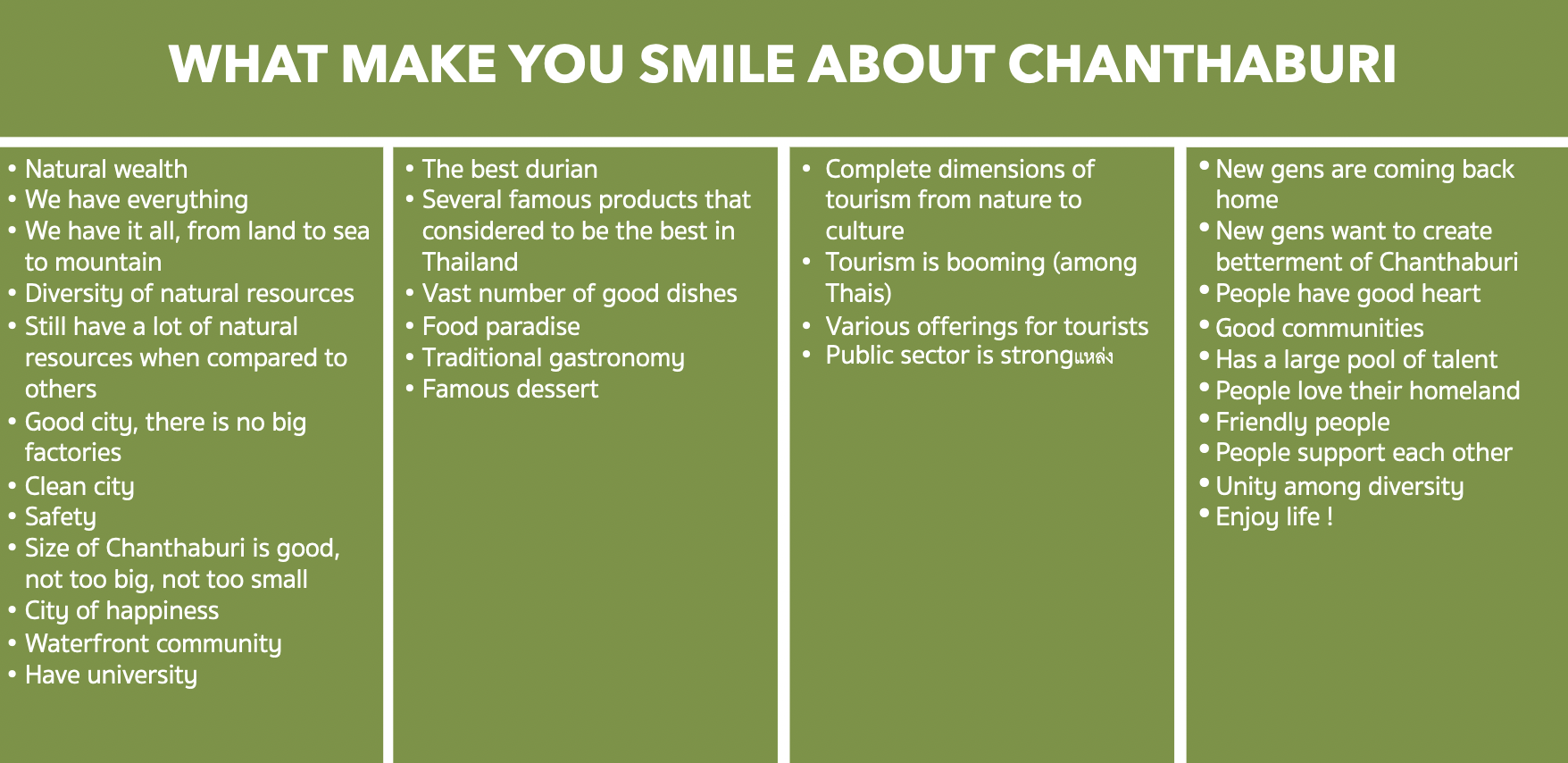
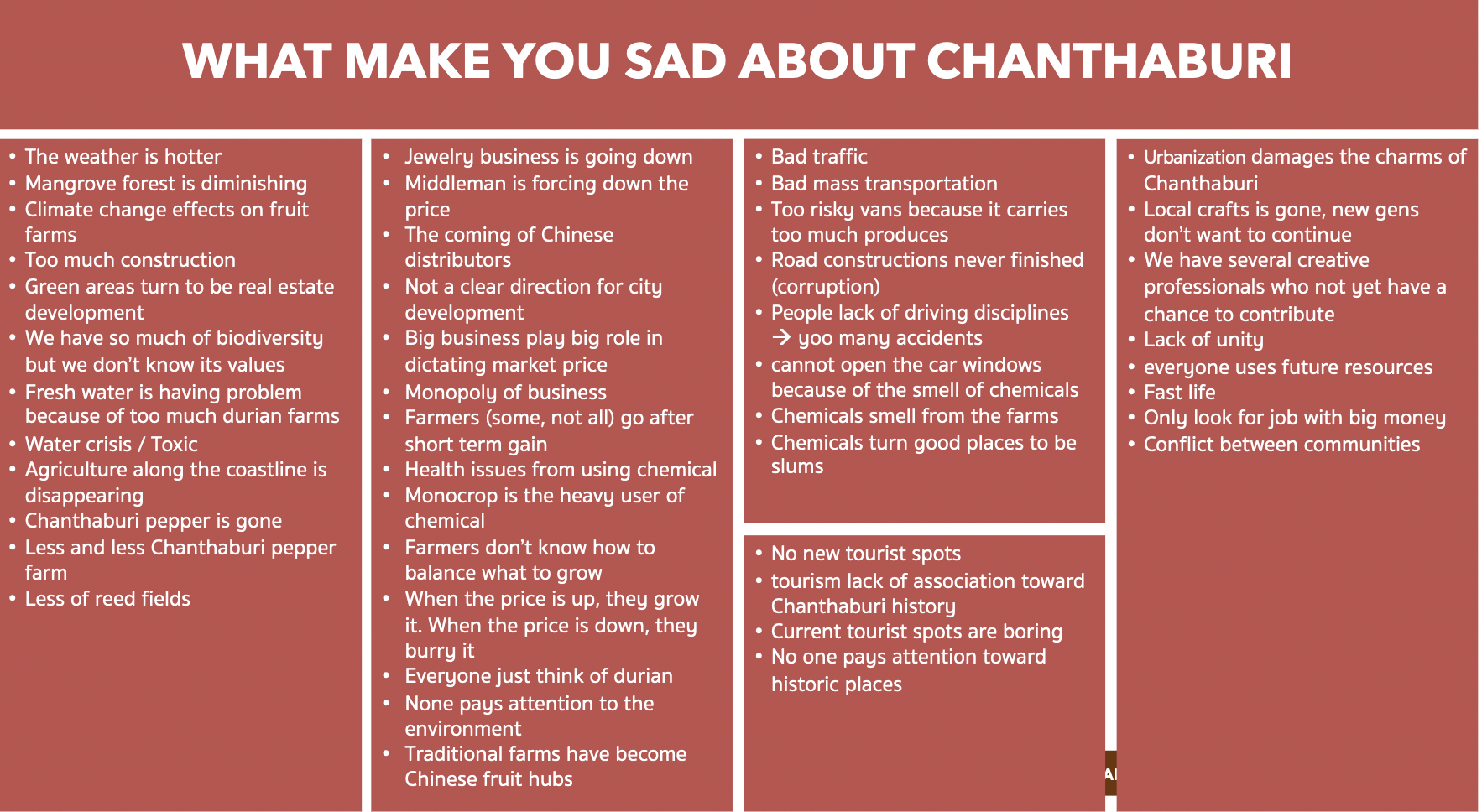
This set up the potential for a deeper dive into strategy formation in the autumn of 2023 in conjunction with the Sustainable Brands annual event in Bangkok, combined with a site visit to a biodynamic farm in transition and a celebration dinner of the lost recipes of the Chong.

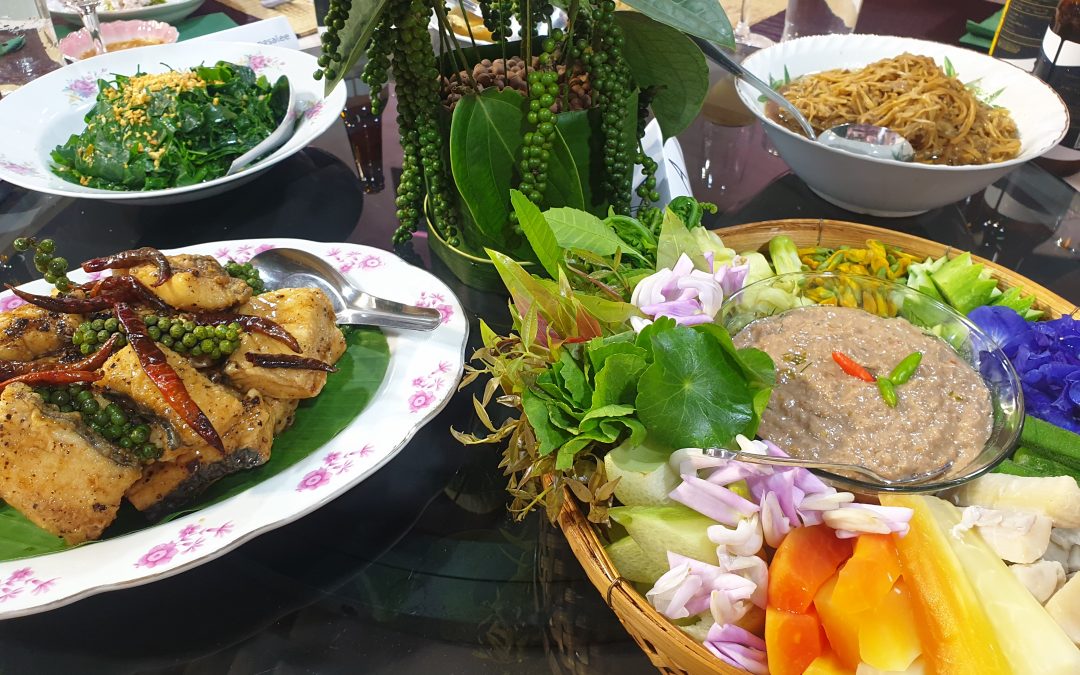
What a pleasure to read. Having lived in Thailand for 6 years, I know the importance of these initiatives…and really miss the Chantaburi green peppercorns! Thank you for sharing.